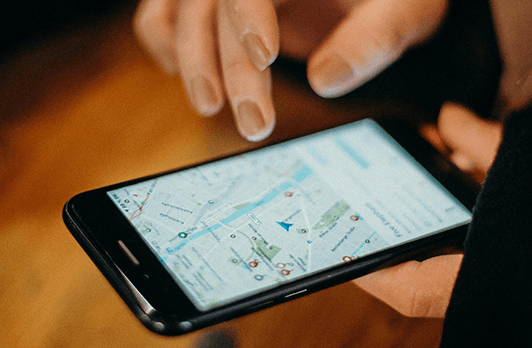 GIS technology has served various industries in so many ways, especially in the telecommunications sector. This technology has now advanced to help Public Health.
GIS technology has served various industries in so many ways, especially in the telecommunications sector. This technology has now advanced to help Public Health.
The Ebola Virus was discovered in the Democratic Republic of Congo (DRC) in 1976. Since then the virus has periodically wreaked havoc on surrounding areas and in some cases the world. These outbreaks can be caused or spread by animals, such as bats, and insects, such as mosquitoes. The virus is essential to stop from spreading because it has a 50% fatality rate. Fortunately, GIS technology could have a role in stopping these viral outbreaks.
DRC and Uganda Use GIS Technology
Last year the DRC reported cases of the Ebola Virus just 200 km from its shared border with Uganda. Uganda has been one of the countries with the most confirmed cases. In the past, political officials may have been stressed with not finding an immediate solution, but fortunately, they now can utilize satellites, fiber GIS, population movements, and GIS data to help stop the spread of the disease.
The World Health Organization (WHO) had tried to prevent the spread of the disease in the years prior by installing GIS surveillance systems within the Ugandan Ministry of Health. Uganda health officials were able to cross-reference health facilities, high areas of disease risk, and areas that have been infected. With this real-time data, officials were able to direct citizens in ways to stay safe and ensure that the health facilities were prepared to deal with the influx of infected patients.
These technologies are now coming into play on a larger scale just in time. The number of cases has recently surpassed 3,000 making it West Africa’s largest outbreak epidemic on record. As of October 5, 2019, there have been 3,204 total cases, 3,090 confirmed Ebola Virus cases and 2,142 deaths.
Helping Humanity
Humanity has faced hundreds of viruses, diseases, and various forms of deadly pandemics. Utilizing GIS technology, mapping outbreaks, preparing for disease control response, and informing the general public can help stop the spread of deadly outbreaks. Although the media does warn of frightening outbreaks, these threats are not unanswered. Scientists and medical professionals actively work to develop vaccines and research to better understand infectious diseases. These factors with GIS and real-time maps have the potential to save millions.
GeoTel Communications is a proud provider of GIS services and telecommunications location-based intelligence. If you would like to learn more about our products contact the experts today!
Author: Valerie Stephen


